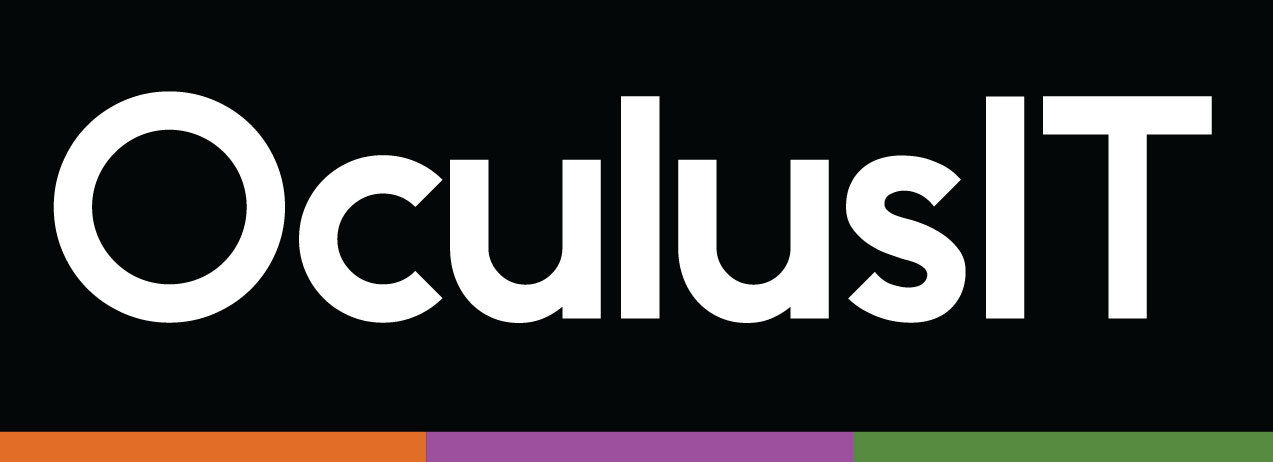Cloud Evolution = Higher Education Revolution
The worldwide market for public cloud services is set to accelerate through 2022. According to a forecast report projected by Gartner, the fastest-growing market for cloud infrastructure services or IaaS is set to reach at $38.9 billion in 2019. Given these trends, there is no business faction where services and revenue are not influenced or optimized by cloud strategies; the higher education industry being no exception.
How does this affect higher education?
The millennials, with a keen desire to learn, excel and hone their skills in specialized areas, are eager to pursue higher education soon after their high school graduation. One of the biggest hiccups that destabilizes their position to have decent living conditions is student loan debt, covering around $1.4 trillion across 44 million Americans. Although colleges and universities are trying to cut down their expenses to make higher education affordable for all, balancing quality with efficiency is a challenge. This is one of the many reasons why higher education institutions are swiftly moving towards cloud-first technologies.
Top 10 reasons why the cloud can balance quality with efficiency
1. Scale per your needs
Previously, managing data center storage per fluctuations in student enrollment was complex. With the cloud, colleges and universities have the power to choose the bandwidth they require. The cloud is flexible; therefore, it expands and shrinks per your campus requirements. Thus, operational agility is one of the top driving factors for campuses to move to the cloud.
2. Cost containment
Cloud computing can lower the total cost of ownership by effacing the real estate, run and maintenance costs of data centers (including electricity, cooling, network etc.). The pay-as-you-go, subscription-based models make it easier than ever to take your first step towards a cloud-first campus.
3. Deploy faster
Deploying your applications and services could never get faster! Previously, buying servers, installing and implementing operating systems and syncing them with monitoring systems took weeks to months. Now, you can quickly provision servers and deploy your apps on the cloud within a few steps. Thus, there is zero compromise on efficiency.
4. Enhanced security
Data is the most crucial and sensitive asset of your campus. Losing this asset to cyberattacks, ransomware, malware or phishing attacks could cost your institution millions. Because you’ve secured your campus data on the cloud, it is always controlled by you. You can wipe, always access and monitor it remotely.
5. No more infrastructure woes
With cloud-first strategies, you can say goodbye to expensive, heavy IT infrastructure and traditional servers. You no longer must worry about machinery breakdown, scalability issues, cybersecurity or disaster recovery. The cloud is automated to perform all these functions for your campus.
6. Automatic backup for disaster recovery
Most cloud models come with automated backup features, providing you a hot backup site with near real time access to your data. Deploying a full-fledged disaster recovery strategy could be expensive; the cloud can help your campus break that trend. Backup and logging services in the cloud also make it easier for you to test outages during an emergency.
7. Automatic updates
The automatic software and security updates on your cloud are taken care of by your service provider, freeing you and you team to focus on academic success of your campus. The built-in monitoring system notifies you whenever an action is required or there is a possible outage.
8. BYOD
The number of educators and learners that use the BYOD strategy have increased exponentially over the years. Campuses must manage security concerns that come with the widespread usage of personal devices on the common network. The cloud plays a crucial role here by backing up all your sensitive data and maintaining business continuity in all circumstances.
9. Competitive advantage
The cloud also gives you a competitive advantage over other campuses in terms of efficiency, service delivery, student engagement, accessibility, e-learning platforms and security. Today’s students expect real time delivery and access to campus services and facilities, and any institution that hasn’t adopted the cloud strategy yet tends to lose in the long run.
10. Reduce carbon footprint
While all the above factors point to the advantages that the cloud presents you, you can also make a small contribution to nature by reducing your carbon footprint. When you don’t depend on huge data centers to manage scalability, you’re on your way to sustainable use of energy and technology that doesn’t harm the over-burdened natural resources.
JIM TANDON
Vice President, Engagements
About the Author
Jim serves as VP, Engagements at OculusIT. His key areas of expertise lie in strategic business development, leadership, customer relationships, and developing global partnerships, mergers & acquisition. As part of OculusIT, Jim helps colleges and universities leverage the latest technologies and reduce their overall operational costs via strategic IT initiatives

